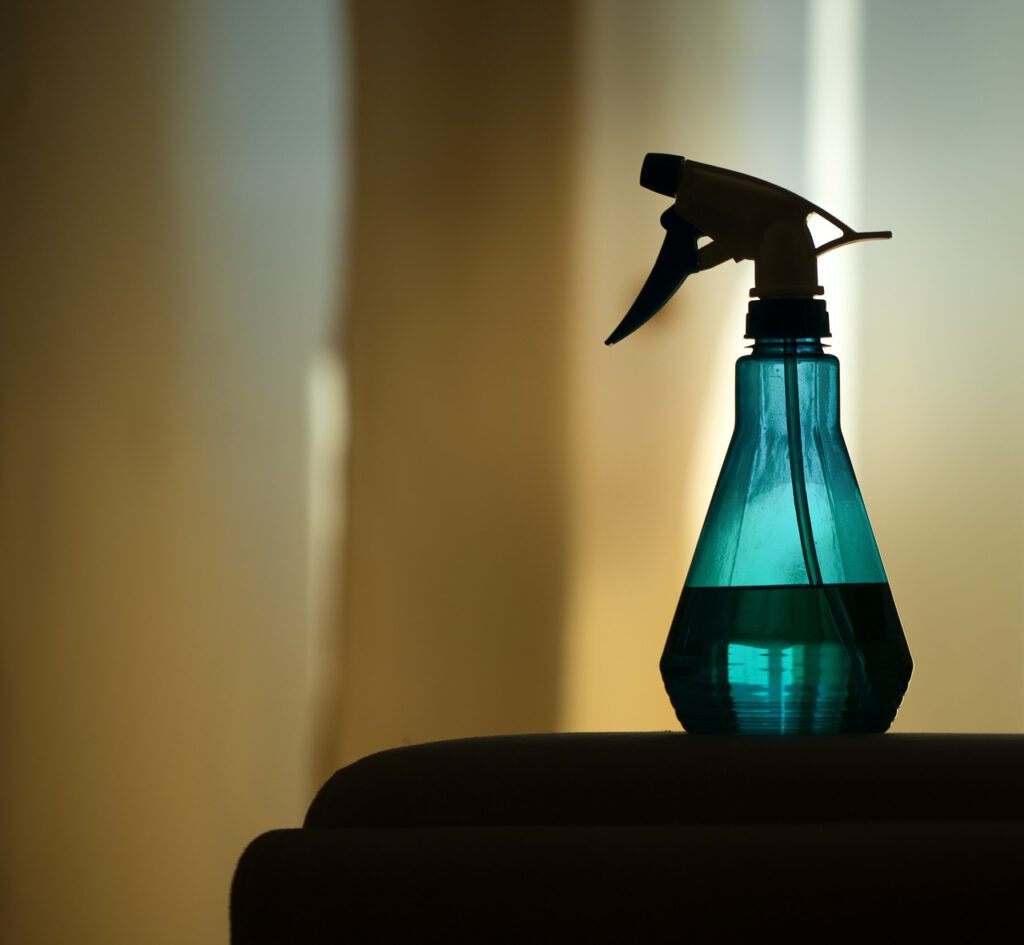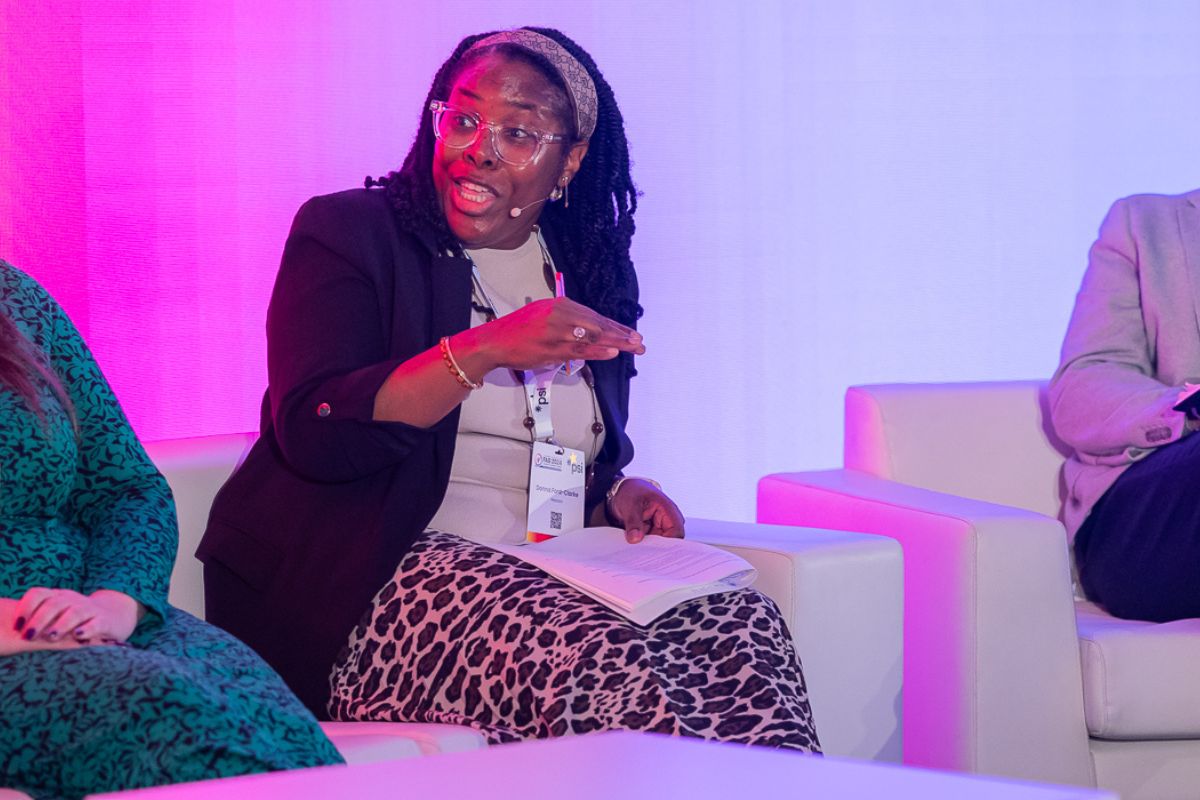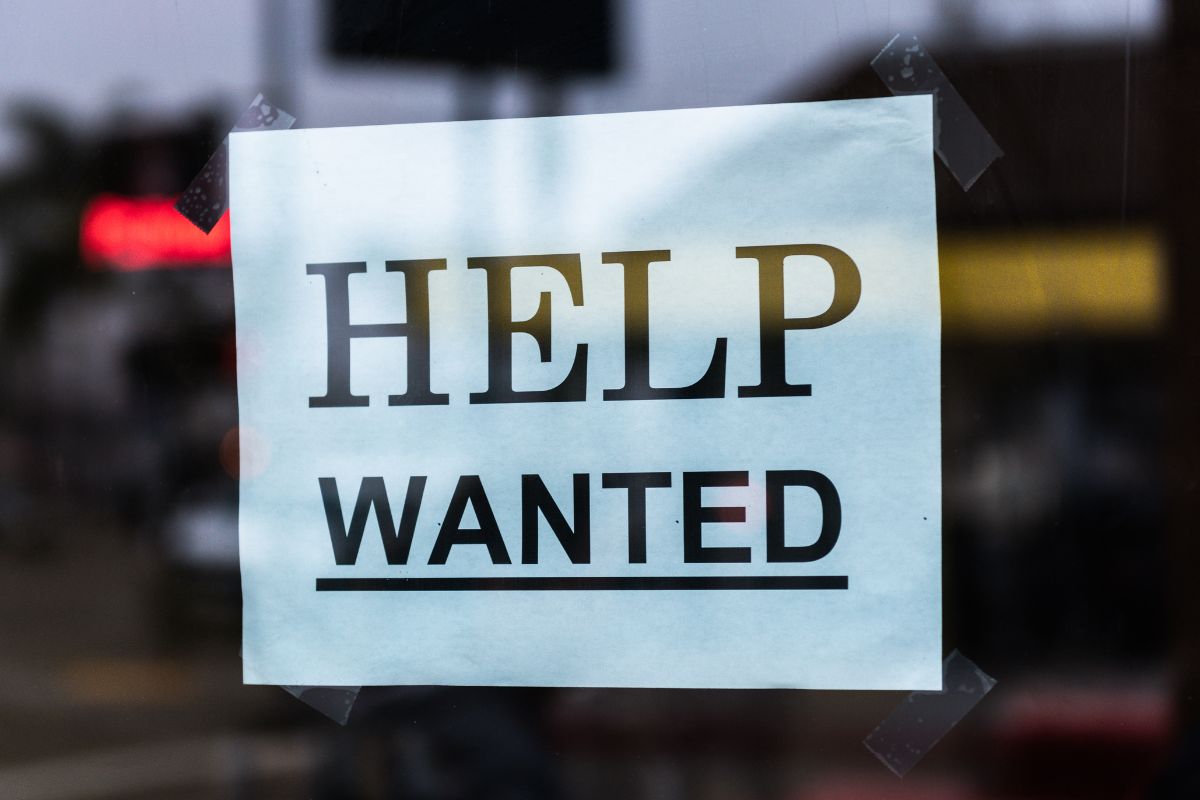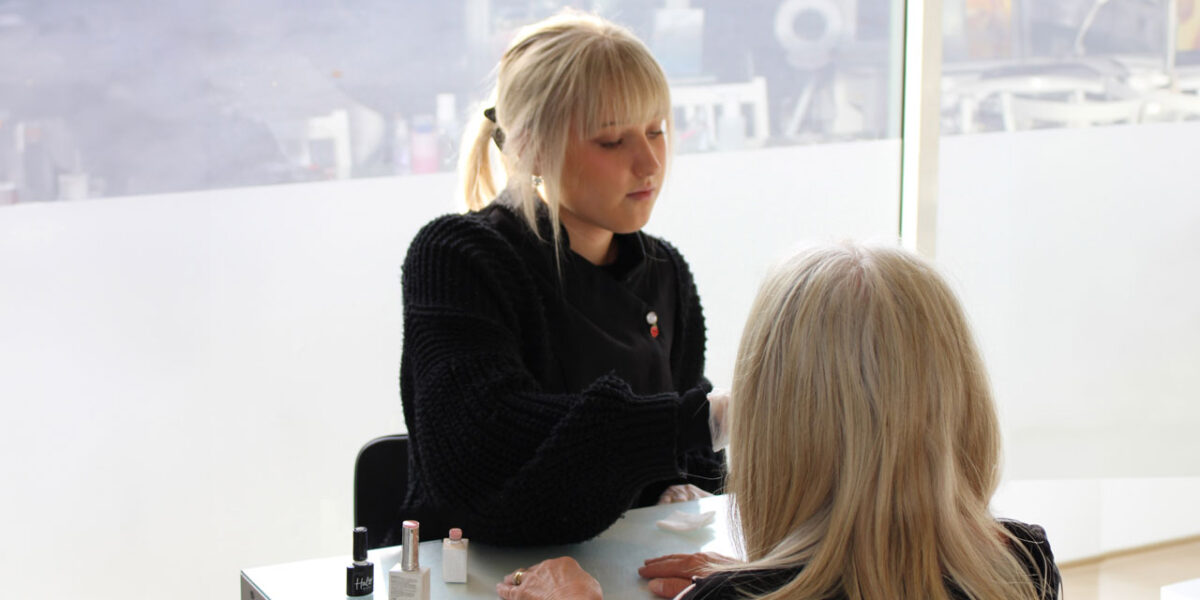How are cleaning chemicals regulated on an educational level?

Cleaning chemicals in the education sector
If you have children, cleaning products in the house is a strict affair. Everything must be out of reach of small hands. Cleaning cupboards need to have a child-lock installed or be high up out of the way. And of course, your kids will no doubt be told not to go into those cupboards!
Rightly so; cleaning supplies are, after all, chemical in nature. But have you considered other areas in which your children could be exposed to cleaning supplies, such as in schools? The concern over cleaning supplies in school has been raised abroad recently with schools in Sweden and Japan having children cleaning their own schools. While this isn’t a practice found in UK schools as such, cleaning products are certainly present. How are these chemicals regulated on an educational level? In this guide, specialist cleaning suppliers, Fulcare, explore further…
Regulations and guidelines
As with any sector, the regulation of chemicals or substances that have the potential to be harmful to health comes under COSHH (Control of Substances Hazardous to Heath Regulations 2002). This means schools need to ensure hazardous substances are stored and used correctly to minimise risk.
COSHH means that hazardous substances must be labelled with warning symbols as appropriate. Of course, it is beneficial for students to be aware of these warning symbols, but ideally, students should not be allowed access to cleaning storage at all.
Most importantly, COSHH outlines that all hazardous substances should be identified and replaced with safer, alternative products. This is particularly noteworthy in schools.
Public Health England guide
Cleaning childcare environments is vital, and Public Health England states the process should be monitored closely by schools to ensure it is free of risks. This includes providing the correct training and cleaning protective equipment for staff at the school.
A schedule should also be in place for daily and weekly cleaning, as well as any special periodic cleaning requirements. Colour-coding any cleaning equipment for each task is also recommended to reduce the spread of germs and any event of cross-contamination.
The right products
Schools are having to balance between increasing cuts to budget and buying the safest cleaning products possible. Where Sweden addressed this problem by reducing cleaning spending by having their students contribute to the cleaning of the building, while some US schools are sending children home with a list of supplies that include cleaning products alongside the usual books and pens. But arguably, this approach is concerning, as the products then brought into the school aren’t regulated.
With COSHH and correct procedures in place, the chemicals used to clean schools and colleges are not a concern for parents. In fact, they are vital in order to safeguard students from a range of bacteria and germs.











Responses